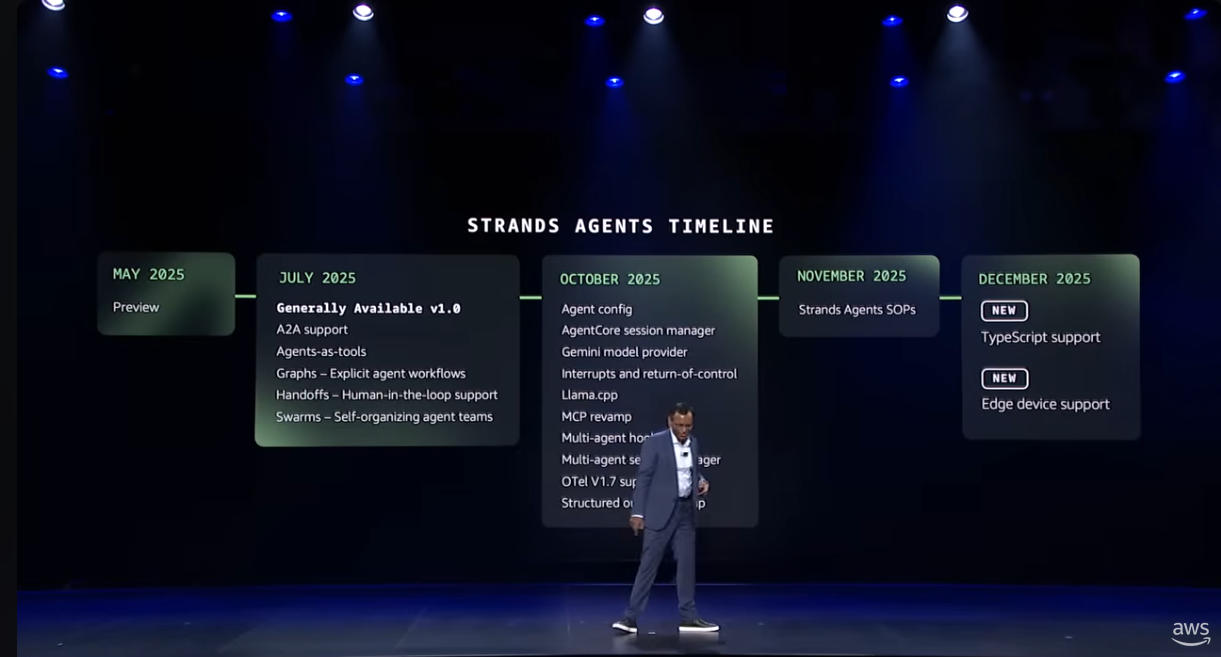YouTube recently announced it is working on new tools that will help protect the voices and faces of creators (and other public figures) while also supporting them to unlock the creative potential of generative AI.
The first tool is an extension of the Content ID technology, which allows copyright holders to detect and manage how their content is used in YouTube videos. Copyright holders upload copies of their works to a Content ID database. Every time a video is uploaded to YouTube, it is scanned by Content ID, if matches are found, copyright holders can decide whether to block the video from being viewed, monetize the video, or track viewer analytics. The extension of this technology would do something similar with voice detection to enable creators to detect and manage AI-powered synthetic voice simulations. YouTube claims this technology is under testing in collaboration with its partners, and that a wider pilot is planned for early 2025.
The second announced tool will enable creators and public figures to detect and manage how their faces are used in AI-generated content across YouTube. The specifics of this tool are still upcoming, as it seems to be in an earlier stage than the synthetic voice detection technology. In addition to building these tools for AI-generated content detection, YouTube restated its commitment to keeping unauthorized third parties to scrape content from the platform. At the same time, YouTube recognized that some creators may want to work with companies interested in using their content for AI training, and shared it was preparing tools that would make these collaborations easier.
YouTube expects that these new tools and technologies, in parallel with its updated Terms of Service and existing guardrails for generative will lead to a robust ecosystem where AI can be leveraged responsibly in a way that fosters creativity and innovation while protecting the rights of users and creators.





Comments